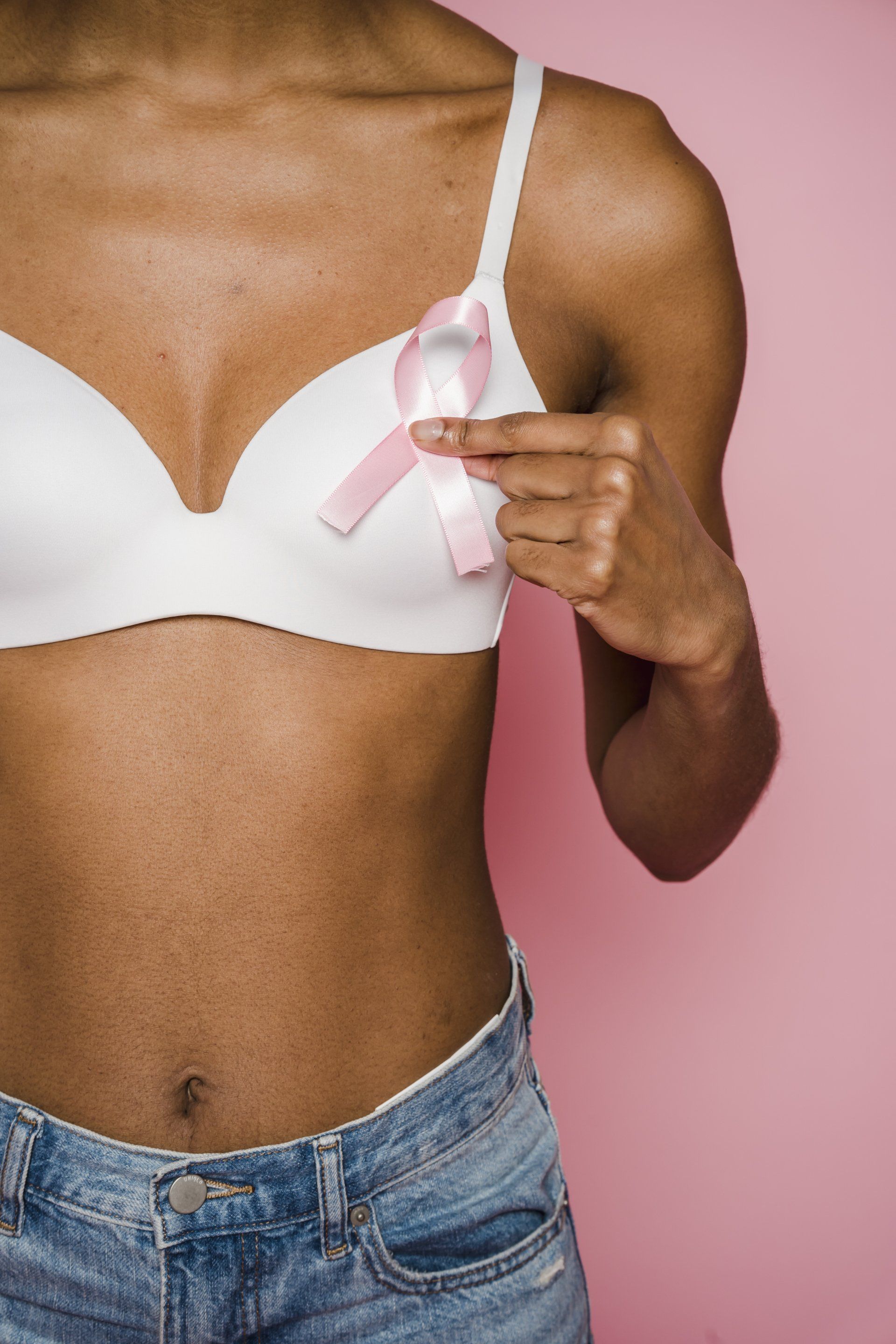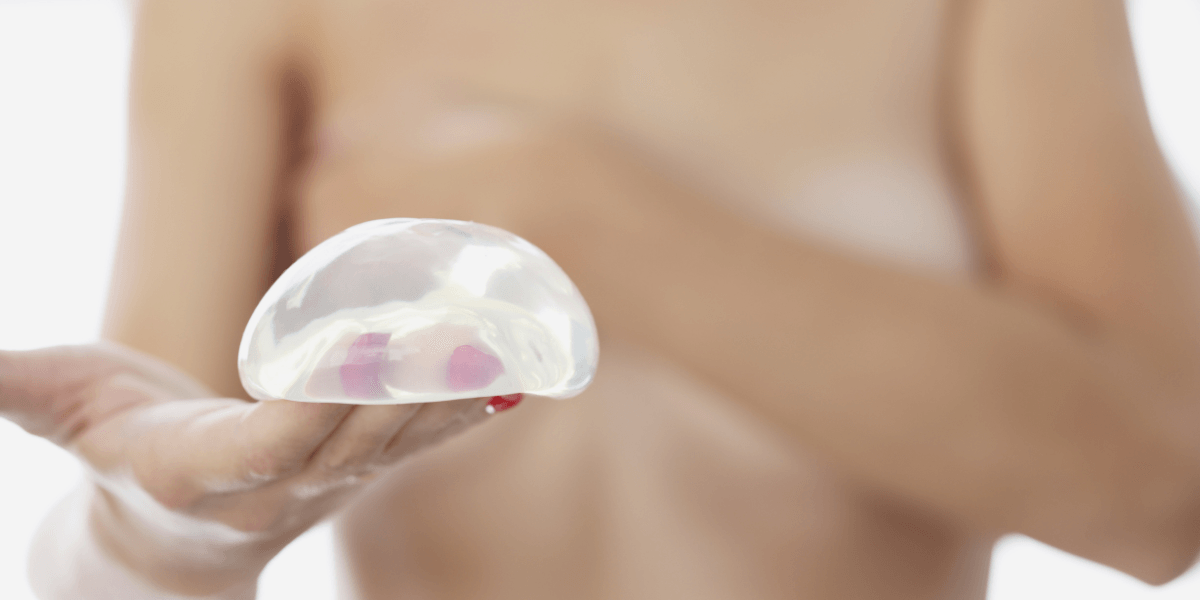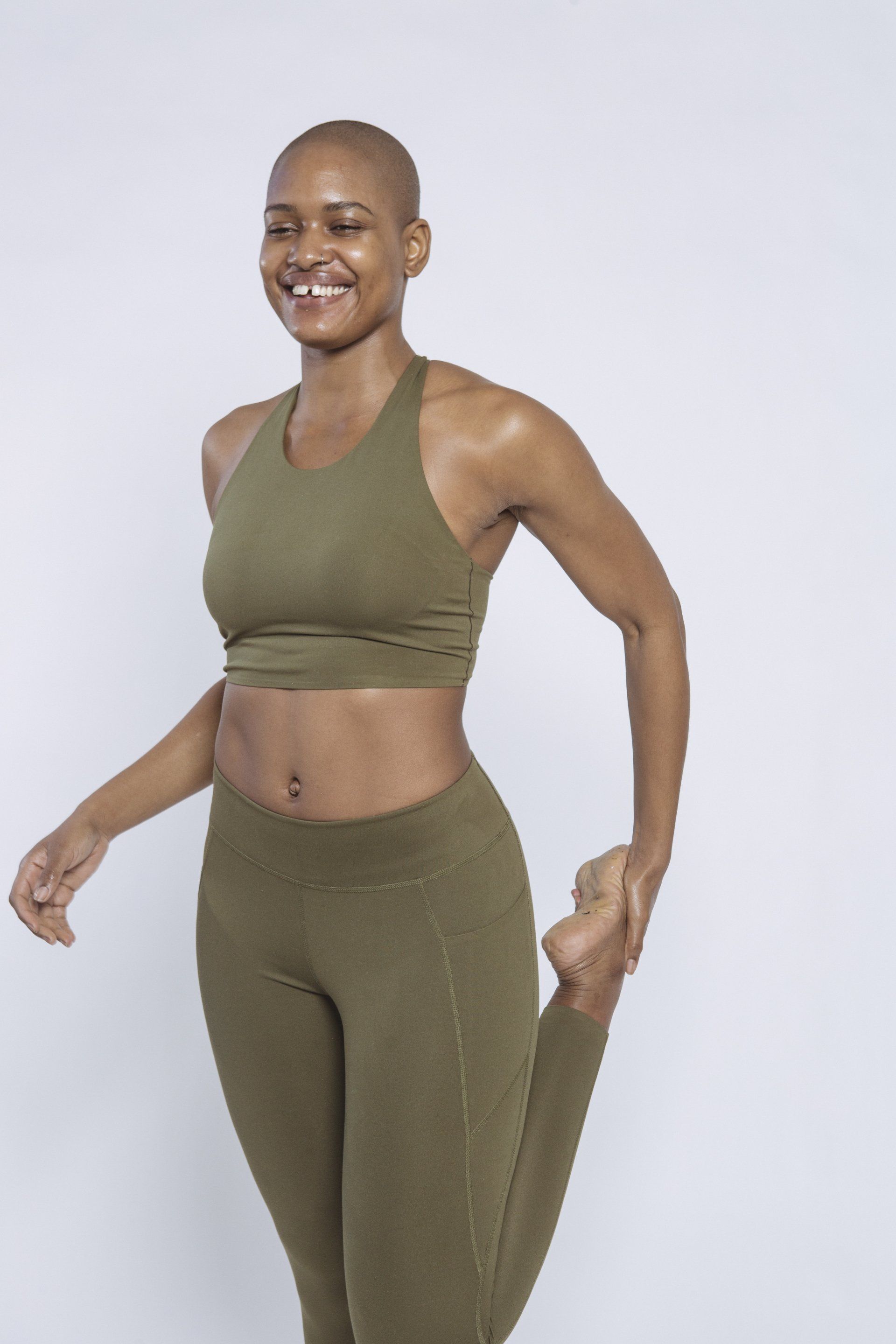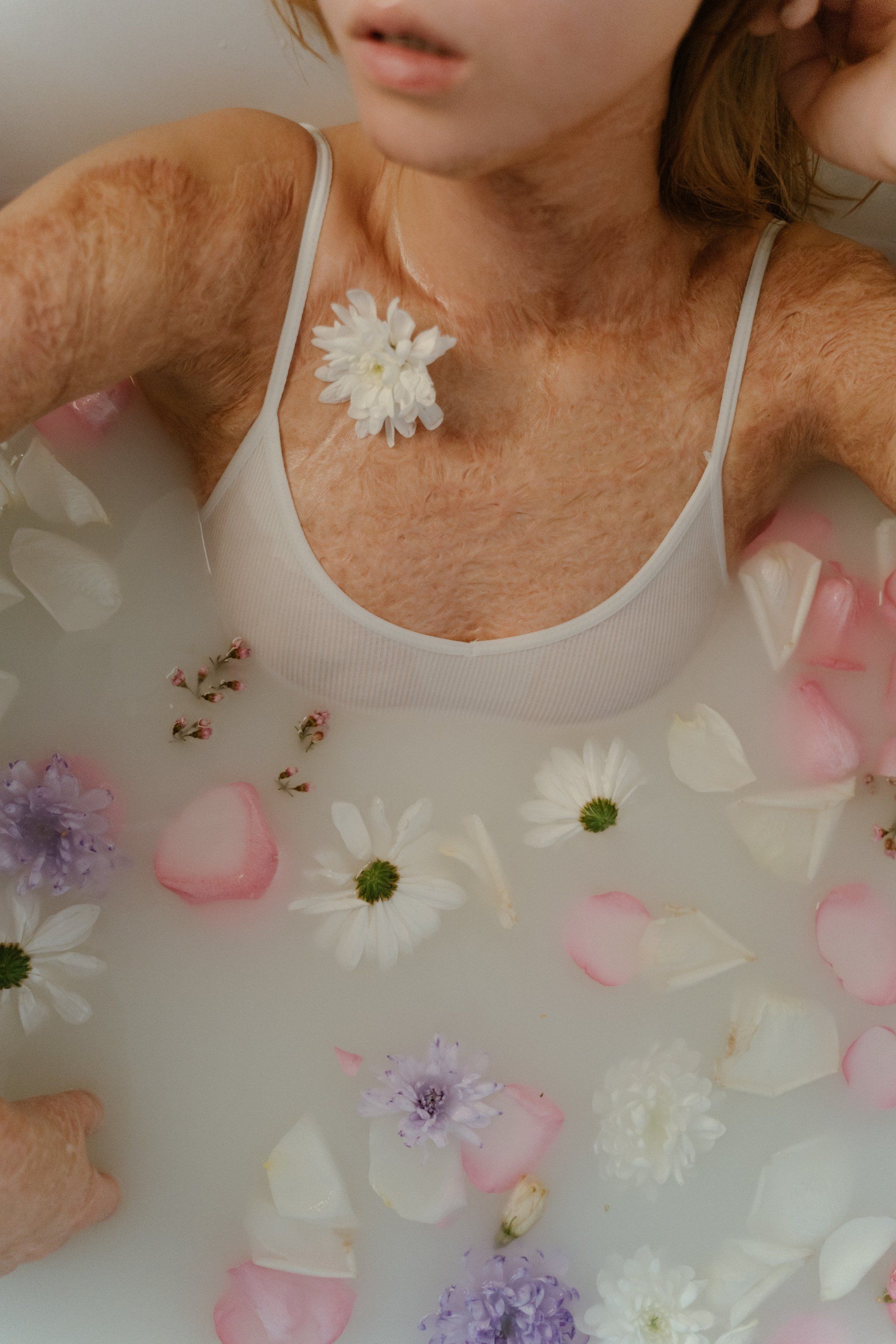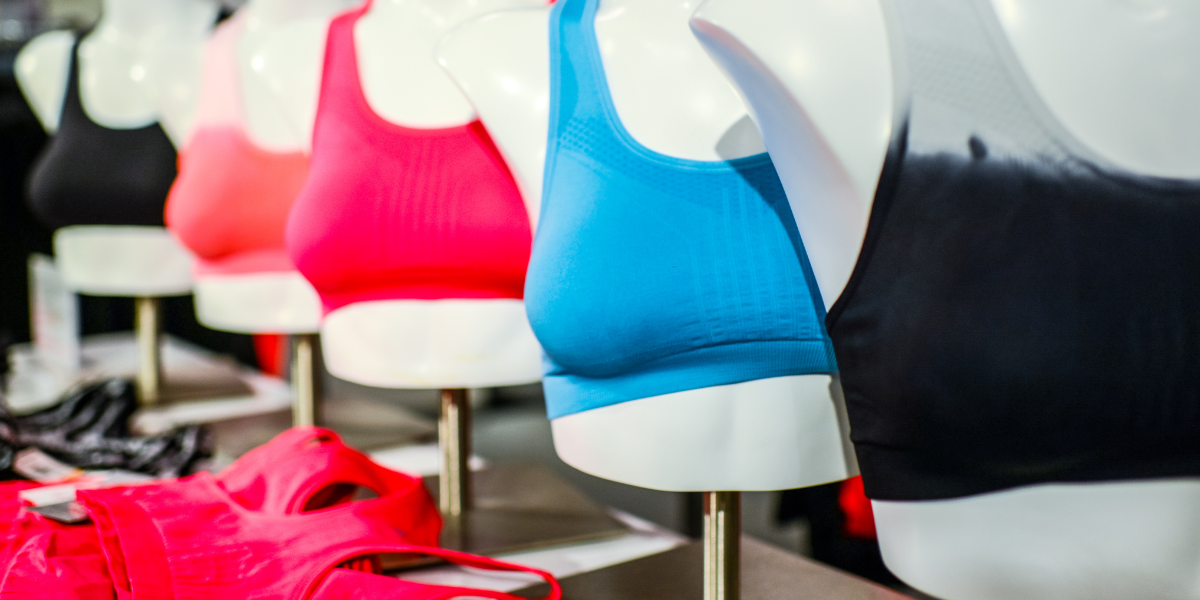What Is A Mastectomy? | Everything You Need To Know
October is Breast Cancer Awareness Month, a time to learn more about the disease and its treatments.
In this article, we're focusing on mastectomy: what it is, what you need to know if you're facing surgery, and how to recover emotionally and physically.
If you're considering a mastectomy, here's what you need to know.
RELATED: Atypical Ductal Hyperplasia: What You Need To Know
A Comprehensive Guide on Mastectomy Surgery: Types, Preparation, and Recovery
What Is a Mastectomy?
A mastectomy is a surgical procedure to remove all or part of the breast, usually done to treat invasive breast cancer. It may also be done as a preventive measure for women who have a very high risk of developing breast cancer.
A mastectomy may be accompanied by a lymph node biopsy, which is a procedure to remove and examine nearby lymph nodes to see if they contain breast cancer cells. Radiation therapy might also be used after a mastectomy to kill any remaining cancer cells in the breast area.
The choice to have a mastectomy is a personal one, and there are several factors to consider.
For example, the size and location of the tumor, as well as the stage of the cancer, will all play a role in determining whether or not a mastectomy is the best option.
In some cases, a mastectomy may be the only way to ensure that all of the cancer cells are removed. In other cases, it may be possible to remove just the tumor, without impacting the rest of the breast.
Breast cancer is the most common type of cancer among women in the United States. In fact, according to the American Cancer Society, about 30% of all cancer cases in women each year are breast cancer diagnosis.
Mastectomy is often the best treatment option for women who have breast cancer, especially if you have inflammatory breast cancer (IBC). IBC is a rare and aggressive form of breast cancer that often spreads rapidly.
Ultimately, the decision of whether or not to have a mastectomy will be made by you and your doctor based on your individual situation.
What Are the Types of Mastectomy?
There are several types of mastectomies, and the type you need depends on how much breast tissue needs to be removed.
The most common types of mastectomies are:
- Partial Mastectomy
A partial mastectomy (also called a lumpectomy, breast-conserving surgery, or segmental mastectomy) is a surgical procedure to remove cancerous tissue from the breast. The goal of the surgery is to remove all of the cancerous tissue while preserving as much healthy tissue as possible.
A partial mastectomy is usually performed under general anesthesia and takes about 1-2 hours. The incision may be made either around the areola or in the crease under the breast. The lymph nodes may also be removed during the surgery.
- Simple Mastectomy (Or Total Mastectomy)
In a total mastectomy, the surgeon removes all of the breast tissue—glands, connective tissue, fatty tissue, and sometimes some or all of your underarm lymph nodes.
The skin over your breast may or may not be removed as well. If it’s not removed, it can be used to create a new breast mound through reconstructive surgery after breast cancer treatment is complete. If it’s removed along with all the breast tissue (called “skin-sparing”), this isn’t an option.
- Skin-Sparing Mastectomy
This type of breast surgery is similar to a traditional mastectomy, but less skin is removed. This can give your chest a more natural look after surgery. Usually, the nipple and areola are also removed during a skin-sparing mastectomy.
The main goal of this surgery is to remove all the cancerous tissue while sparing as much healthy tissue as possible. This can minimize scarring and improve the cosmetic results of the surgery.
Skin-sparing mastectomies are most often used for smaller breasted women or those who have large breasts and require a large incision for a traditional mastectomy.
- Nipple-Sparing Mastectomy
A nipple-sparing mastectomy (NSM) is a type of breast cancer surgery that removes the breast tissue but leaves the nipple and areola intact. NSM can be performed as a complete mastectomy, which removes all of the breast tissue, or a subcutaneous mastectomy, which removes breast tissue but leaves the skin and nipple in place.
NSM is often used in cases where the cancer is small and contained within the breast tissue. It can also be an option for women who have large breasts, or for those who are seeking to have breast reconstruction surgery after mastectomy.
NSM has been found to be as safe and effective as traditional mastectomy in treating early-stage cancer. In addition, NSM preserves the natural appearance of the breast and can provide a better cosmetic result.
There are some risks associated with NSM, however, such as a risk of recurrence in the nipple area. However, these risks are generally low and can be managed with regular follow-up care.
- Modified Radical Mastectomy
A modified radical mastectomy (MRM) is a type of breast cancer surgery that involves removing the entire breast, along with the lymph nodes under the arm and sometimes also the chest muscles. It's typically used to treat larger tumors that have spread to the lymph nodes.
MRM is a more extensive surgery than a lumpectomy, which removes only the tumor, and may require a longer hospital stay and a longer recovery period. However, it's often the most effective treatment for breast cancer, and can save lives.
- Radical Mastectomy
This is the removal of all evidence of cancer including both breasts, most lymph nodes under your arm, and sometimes some muscle tissue under your breast.
This used to be a very common treatment for stage III cancer but now it’s done less often because it can cause more side effects than other types and does not improve survival rates compared with modified radical mastectomy.
- Double Mastectomy (Or Bilateral Mastectomy)
This is a surgery to remove both breasts. It may be done as a preventive measure for women who have a very high risk of breast cancer, such as those with the BRCA1 or BRCA2 gene mutations. It may also be done to treat breast cancer that has already developed in one breast and may be present in the other breast.
During a double mastectomy, the surgeon will remove all of the breast tissue, including the nipple and areola, as well as some of the surrounding lymph nodes. The surgery may be done through an incision in the skin or through a small camera-assisted procedure.
Recovery of double mastectomy patients can take several weeks, and you may need to stay in the hospital for a few days. There's also a risk of complications, such as infection and bleeding.
However, the vast majority of women who have a double mastectomy experience no major complications and are able to live normal, healthy lives.
How Can You Prepare for a Mastectomy?
If you do decide to have a mastectomy, there are several things you can do to prepare for the surgery:
- Choose a Breast Surgeon Who You Feel Comfortable With
Breast skin is very sensitive, so it's important to choose a skilled surgeon who has experience performing this type of surgery.
You should also meet with them to ask about the type of mastectomy you'll be having and what to expect. It's important to have realistic expectations about the surgery and recovery.
Ask them any questions you have about the procedure. It's also a good idea to talk to them about pain management options after the surgery.
- Eat Healthy and Stay Hydrated
In the days leading up to your mastectomy, it's important to eat healthy foods and stay well-hydrated. You should also avoid smoking, as it can increase your risk of complications.
- Plan Ahead for Your Recovery
Arrange for someone to drive you home from the hospital after your surgery. Mastectomies are performed under general anesthesia, so you won't be able to drive yourself home.
You should also arrange for help with child care and household chores if needed. Recovery from a mastectomy can take several weeks, so it's important to be prepared before surgery.
- Take Care of Yourself
Finally, it’s important to take care of yourself both physically and emotionally before and after the surgery. Getting plenty of rest will help your body recover from the surgery more quickly.
Additionally, you need to give yourself time to process your emotions. You may feel sad, scared, or angry after the surgery. These are all normal reactions. Talking with a counselor or support group can also be very helpful.
RELATED: How To Prepare For A Mammogram: Your Ultimate Guide
How Do You Recover from a Mastectomy?
Overall, most people take 4-6 weeks to recover from a mastectomy.
However, everyone heals differently, so it's important to follow your surgeon's instructions and listen to your body during your recovery.
Here are a few tips to help you through the recovery process:
- Give Yourself Time to Heal
Physical recovery from a mastectomy can take several weeks, so it’s important to give your body the time it needs. This means getting plenty of rest and taking it easy when it comes to physical activity.
You'll also want to avoid strenuous activity for at least six weeks to give your incisions time to heal. As you start to feel better, gradual exercise will help you regain your strength and improve your flexibility.
- Stay Hydrated
Drinking plenty of fluids is important for all surgery patients, but it’s especially important after a mastectomy. Staying hydrated will help your body heal more quickly and reduce swelling.
- Manage Your Pain
It’s normal to have some pain after a mastectomy, but there are ways to manage it.
Be sure to take any pain medication prescribed by your doctor, and don’t hesitate to ask for more if you need it. You can also use ice or heat packs, wear loose-fitting clothing, and take warm baths to help ease discomfort.
- Find a Comfortable Sports Bra
A good sports bra can help minimize pain and discomfort during your recovery. These bras are made from stretchy material that's designed specifically for women who have had mastectomy.
Look for a soft, supportive bra that doesn't rub or chafe. And make sure to get fitted for a sports bra by a professional to get the right size, level of support, and comfort.
- Seek Support
A mastectomy can be an emotionally challenging experience, so it’s important to seek out support from family and friends.
There are also many support groups available for women who have undergone a mastectomy, which can be a great source of information and emotional support.
What Are the Possible Side Effects of Mastectomy?
While a mastectomy can be lifesaving, it’s also a major surgery with some risks and potential side effects.
Most people experience some pain and discomfort after a mastectomy. This is normal and typically subsides within a few weeks. Your doctor can prescribe medication to help manage the pain.
You may also experience bruising and swelling in the surgery site. Again, this is normal and should resolve on its own within a few weeks.
Some people also experience numbness or tingling in the breasts or arms. This is caused by damage to the nerves during surgery and usually improves over time.
There are also some more serious potential complications of a mastectomy, though these are rare. They include infection, bleeding, and blood clots. If you experience any of these complications, be sure to contact your doctor right away.
How Do You Rebuild Your Breasts after Mastectomy?
If you have chosen to have a mastectomy, you may be wondering about your options for breast reconstruction.
Breast reconstruction can be done right after mastectomy (immediate reconstruction), or it can be done months or years later (delayed reconstruction).
There are two main types of breast reconstruction: implants and flap surgery.
Breast reconstruction with implants involves using artificial breasts to create a new breast shape. Flap surgery, on the other hand, uses tissue from other parts of your body to rebuild the breast.
Both types of reconstruction have pros and cons. Your surgeon will help you decide which type is right for you.
Breast reconstruction is a long process that usually takes multiple surgeries to complete.
The first step is usually placing a temporary expanders under the skin and muscle to stretch it and make room for an implant or flap surgery.
The expander is slowly filled with saline over several weeks or months until it reaches the desired size. Once the skin has stretched enough, the expander is removed and replaced with an implant or tissue flap.
Some women may only need one surgery, but most women will need 2-3 surgeries over several months or years to achieve their desired results.
However, as an alternative to breast reconstruction, you may wear a breast form or a breast prosthesis after a mastectomy. Breast prosthetics are available in a variety of sizes, shapes, and materials.
Many women choose to wear a breast prosthesis after a mastectomy because it can help restore the appearance of the breast. Some women feel that wearing a breast prosthesis helps them feel more feminine and self-confident.
It’s important to talk to your doctor about all of your options so that you can make the best decision for you.
Final Thoughts
A mastectomy is a major surgery that can be emotionally and physically challenging. However, it’s also a lifesaving procedure that can help prevent breast cancer from returning.
If you’ve been diagnosed with breast cancer, talk to your doctor about your treatment options. They can help you decide if a mastectomy is right for you.
Up Next:
